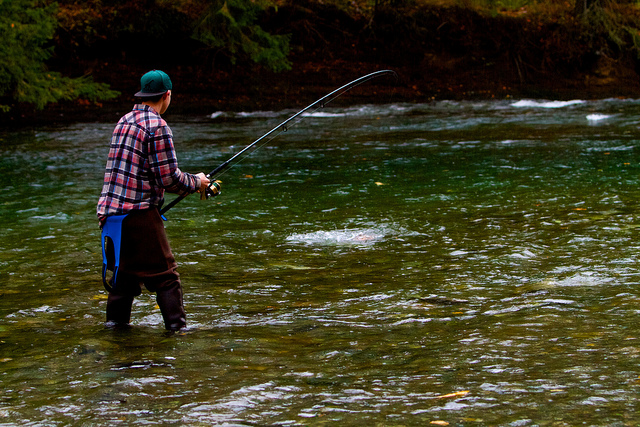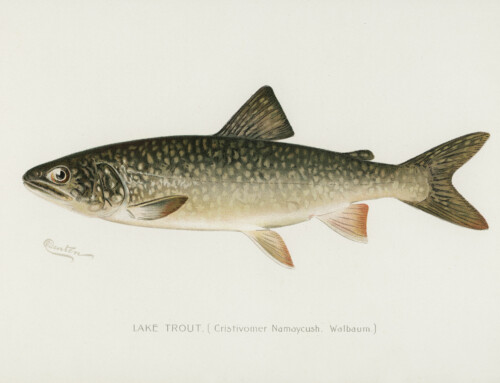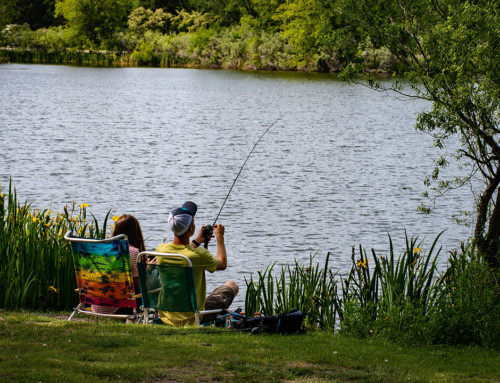Originally Published by Ontario Out of Doors, August 2015
By Angelo Lombardo, Executive Director of the OFAH
It is not often I write about the same topic twice in a row, but a lot has happened during the last month. When I penned my column for the last issue, we were talking about the lack of public and stakeholder consultation with the Algonquin land claim and wondering whether anything would change. The eerie silence in the negotiations left us feeling like we were at the end of our rope. We were right.
On June 12, 2015 the federal, provincial and Algonquin negotiators suddenly announced they had signed off on an Agreement-in-Principle (AIP), the next step towards the creation of a final Treaty.
Both levels of government made commitments for further consultation when the time was right. Now, their responses appear as nothing more than a smoke screen. They knew all along that they were close to signing off on the AIP. In fact, the only ones not to mislead the public and make false promises throughout the process were the Algonquins themselves.
Almost twenty-five years ago, the OFAH, the Canadian Sportfishing Industry Association and dozens of other stakeholders and municipalities were invited by government to represent the views of members and constituents on the Committee of External Advisors and the Municipal Advisory Committee. Remember that, they invited us. Over two decades later, after dozens of meetings, after investing thousands of hours of staff time and countless financial resources, our governments have failed us. They failed our members, they failed the 1.2 million residents who live in the area of the claim and they failed our valuable fish and wildlife resources. To this day, we have little to no idea of what the Algonquins were told about our input.
So what does the final AIP look like? Most chapters look very similar to the 2012 draft AIP. It still proposes the transfer of $300 million and 117,500 acres of Crown land (although some of the specific parcels have changed). For the OFAH, however, we have always paid particular attention to the harvesting chapter of the AIP because of its influence on fish and wildlife conservation. Over the years, we have provided comprehensive and constructive input, but have always been disappointed with the transparency of how it was taken to the table. Now in the final AIP, we see that our continuous asks for stronger conservation provisions are finally reflected in some areas, albeit not nearly to the level that we would like to see.
Although the process has caused us to lose faith in government representation of Ontarians and Canadians during land claim negotiations, some positive changes in the final AIP have offered us a somewhat renewed sense of cautious optimism. We didn’t get near everything we asked for, but the final AIP is improved because of our long-standing involvement and perseverance.
The AIP has yet to be ratified by the Algonquins (likely in late 2015 or early 2016), and there will be many challenges in turning positive language in an AIP into positive on-the-ground results for fish and wildlife conservation. However, we believe we can build on common ground in the AIP with the Algonquins of Ontario to develop a strong conservation-based model for harvesting in the land claim area.
Recently, both levels of government have shown an interest in talking to stakeholders about what lies ahead. Here’s hoping that they are more honest, open, forthcoming, and interested in living up to their promises to consult during the next phase than they were during the last.
The irony of the situation is not lost on us. When the negotiation process began almost 25 years ago, the Algonquin felt ignored, threatened and disenfranchised. Now we’ve come full circle and thanks to the failure of both levels of government to fairly and openly consult with those affected, who is ignored, threatened and disenfranchised now?
Photo courtesy of Wade Schriner.







